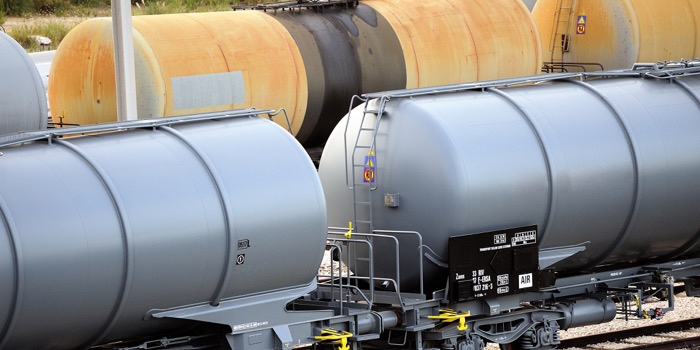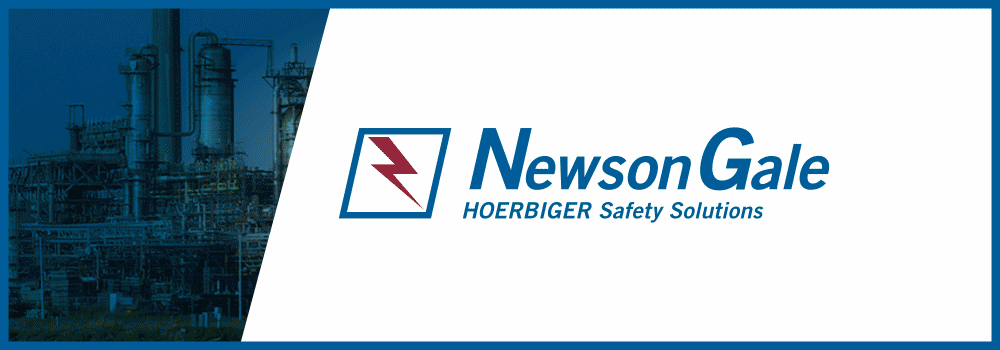Prioritising safety means prioritising workforce for rail industry, says AAR
The rail industry is delivering something more than freight: It’s delivering on its commitment to safety. Safety is more than just a virtue of the rail industry — it serves as the foundation for all that it does.
With that as a guiding principle, it’s no coincidence that the most important safety investment the industry makes is in its most valuable asset: the highly skilled men and women responsible for the day-to-day operations of trains and the upkeep of the rail network.

The result? Today freight rail is one of the safest industries in the U.S., with employee injury rates lower than those of other modes of transportation such as trucking and airlines; other major industries such as agriculture, mining, manufacturing and construction; and even grocery stores.
Deploying tech to protect workers
The strong culture of safety that defines the industry is so ingrained across the workforce that it’s part of the regular routine. Daily safety briefings, peer-to-peer safety programmes and training programmes at state-of-the-art technical training centres, featuring simulators and virtual reality, are just some of the ways that railroads put safety — of employees and operations — first.
Applying technology to safety challenges has allowed the industry to make even greater strides in recent years. For example, remote control locomotives (RCL), which allow personnel in railyards to control and operate locomotives with hand-held transmitters, reduce incidents where an engineer operating a locomotive could inadvertently injure another worker in the yard due to miscommunication.
According to Federal Railroad Administration (FRA) data, employee injury rates are approximately 20 percent lower for RCL operations than for conventional switching operations. Railroad inspectors and maintenance employees also regularly use drones to inspect bridges and monitor infrastructure, especially during severe weather events, ensuring they are kept out of harm’s way.
Positive Train Control (PTC), which will be fully implemented in 2020, has the ability to bring a train to a stop in certain situations involving human error. The technology, designed to prevent many of the most dangerous human-caused accidents, will undoubtedly save lives — both of railroad employees and the public.
‘Amazing tools’ empower workforce
Technology is not only beneficial to employees’ safety, it empowers them do their jobs with greater efficiency, accuracy and objectivity. These tools provide them with better insight into the health of rail infrastructure and equipment, making the overall network safer, too.
Track inspection vehicles, which use laser and ultrasound, enable rail inspectors to see inside a stretch of rail and examine it for microscopic internal defects that could lead to accidents. Advanced algorithms provide rail maintenance planners with the data they need to proactively schedule maintenance. These tools enable rail employees to analyse the track alignment of 1,500 curves in just a few hours. It would take a team of four people 10 months to manually complete the same task. Thanks to technology like this, the track-caused accident rate is down 48 percent since 2000.
“So much has changed since I started 14 years ago,” said Scott Hailey, a track geometry engineer for Norfolk Southern in Roanoke, Virginia. “Back then, we used a paint gun to mark the general location that needed track maintenance. Now, everything is GPS-coordinated, and we can tell our engineering folks — within a few feet — where track maintenance is needed.”
“Track geometry cars are amazing tools that allow our trains to operate safely and efficiently and deliver our customers’ freight in a timely manner,” he added.
Recent years safest on record
Railroads are constantly striving toward the goal of zero accidents, with technology as the primary catalyst for continued safety improvement. Since 2000, the train accident rate has dropped 37 percent and the employee injury rate is down 48 percent — reaching the second lowest annual rate ever. Indeed, by all these measures, recent years have been the safest in railroads’ 200-year history.
As technology advances, railroads will be able to make even more meaningful progress to enhance worker safety and productivity and keep America’s freight rail network the safest and most efficient in the world.
For more information visit www.aar.org
24th June 2019




















